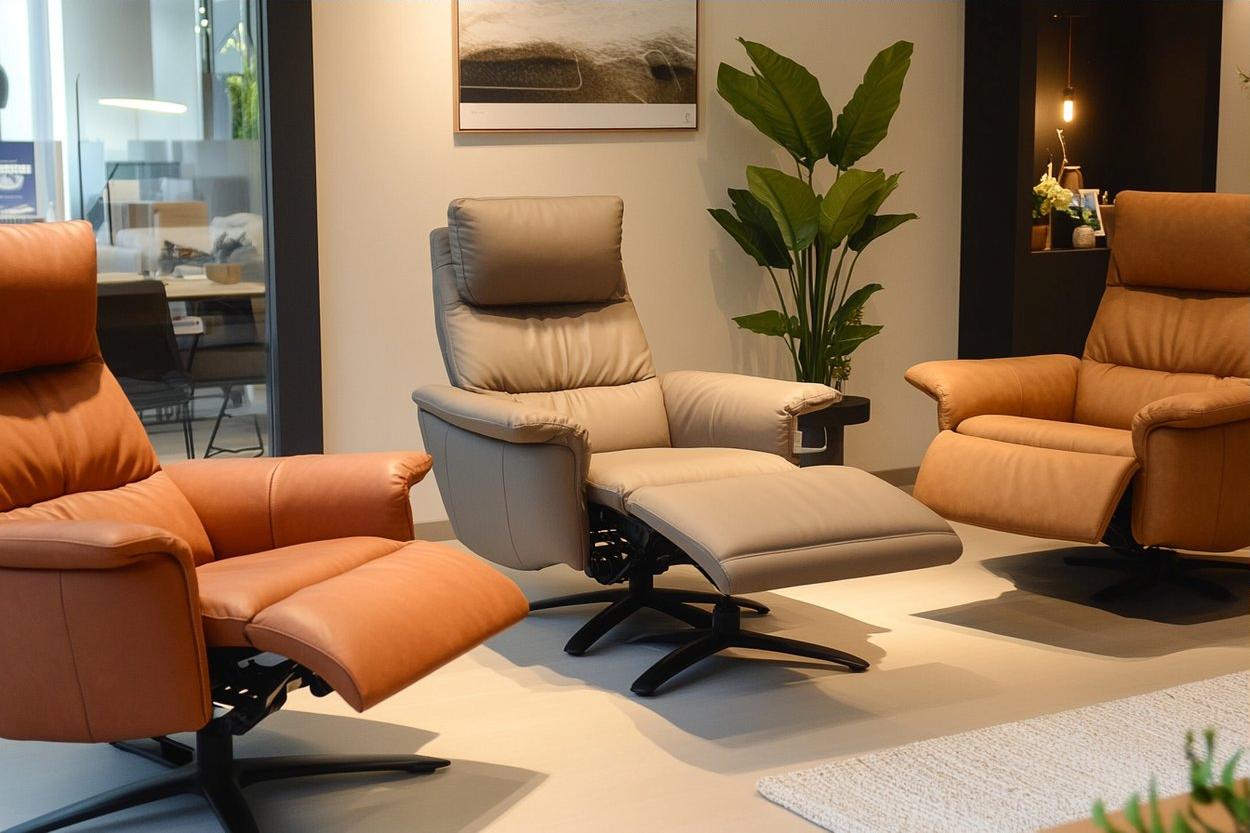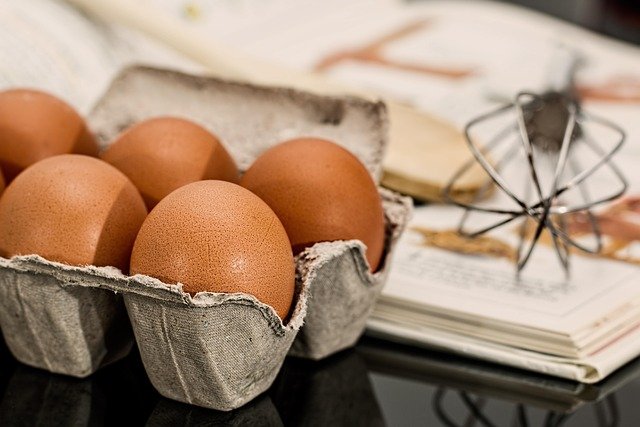Bringing Wabi-Sabi Aesthetics to Western Interiors
The gentle embrace of imperfection, the beauty in simplicity, and the allure of natural aging – these are the core tenets of wabi-sabi, a Japanese aesthetic philosophy that's quietly revolutionizing Western interior design. As our lives become increasingly digital and fast-paced, there's a growing desire to create living spaces that ground us in the physical world, celebrating authenticity and the passage of time. This article delves into the art of incorporating wabi-sabi principles into modern Western homes, exploring how this ancient Eastern concept is finding new expression in contemporary design.

The concept emerged in 15th century Japan as a reaction to the prevailing aesthetic of ornate, perfect, and costly displays. It valued simplicity, naturalness, and the impermanence of all things. Today, as we grapple with overconsumption and environmental concerns, wabi-sabi offers a refreshing antidote to throwaway culture and the pursuit of flawless, Instagram-worthy interiors.
Embracing Natural Materials and Textures
At the heart of wabi-sabi design is a deep appreciation for natural materials. In Western interiors, this translates to an increased use of raw woods, stone, clay, and organic textiles. Designers are moving away from glossy finishes and perfectly smooth surfaces, instead opting for rough-hewn wooden beams, unpolished stone countertops, and handmade ceramic tiles with slight irregularities.
The key is to let these materials speak for themselves. A reclaimed wooden table might showcase knots, splits, and variations in color – all celebrated rather than concealed. Linen upholstery with its natural creases and subtle texture adds depth and character to seating areas. Even concrete, with its industrial connotations, finds a place in wabi-sabi interiors when left raw and allowed to develop a patina over time.
The Art of Imperfection
Wabi-sabi challenges the Western notion that newer is always better. Instead, it finds beauty in age and wear. This principle is making waves in how we approach home decor and furnishings. Antique pieces with visible signs of use are prized not in spite of, but because of their imperfections. A weathered leather armchair, a slightly tarnished brass lamp, or a chipped ceramic vase all contribute to a sense of history and lived experience within a space.
This aesthetic is also influencing modern production techniques. Designers are creating new pieces with intentional imperfections – think hand-thrown pottery with visible fingerprints, or textiles with deliberate variations in weave. The Japanese technique of kintsugi, where broken pottery is repaired with gold-dusted lacquer, is finding its way into Western homes as both a repair method and an art form, turning damaged items into unique treasures.
Simplicity and Negative Space
In contrast to the maximalist trends that have dominated recent years, wabi-sabi interiors embrace simplicity and the power of negative space. This doesn’t mean creating stark, empty rooms, but rather curating spaces with intention, allowing each element room to breathe.
In practice, this might involve decluttering and adopting a more minimalist approach to decor. However, unlike strict minimalism, wabi-sabi allows for warmth and character. A single, thoughtfully placed object – perhaps a gnarled piece of driftwood or a asymmetrical vase – can become a focal point, more impactful for the space around it.
Color palettes in wabi-sabi inspired Western interiors tend towards muted, earthy tones that evoke nature. Soft whites, warm greys, and gentle browns create a calming backdrop, often punctuated with deeper hues drawn from clay, stone, or botanicals.
Bringing Nature Indoors
The wabi-sabi aesthetic is deeply connected to the natural world, and this principle is reshaping how Western interiors interact with outdoor spaces. Large windows that frame views of nature, indoor plants that add life and imperfection to rooms, and the use of natural light to create ever-changing shadows and highlights throughout the day all contribute to this connection.
Seasonal decorations take on new meaning in a wabi-sabi inspired home. Rather than artificial or perfectly preserved elements, there’s a trend towards embracing the ephemeral beauty of nature. A vase of branches allowed to bud and bloom, then wither; pebbles and shells collected from walks; or autumn leaves pressed between glass frames – all celebrate the changing seasons and the impermanence of natural beauty.
The Future of Wabi-Sabi in Western Design
As wabi-sabi principles continue to influence Western interior design, we’re seeing a fascinating fusion of Eastern philosophy and Western aesthetics. This isn’t about recreating traditional Japanese interiors, but rather about incorporating the underlying principles into modern Western homes.
The appeal of wabi-sabi lies in its ability to create spaces that feel both timeless and deeply personal. In a world where so much of our lives is virtual and fleeting, there’s a profound comfort in surroundings that bear the marks of time and use, that tell stories of the lives lived within them.
Moreover, the wabi-sabi approach aligns with growing concerns about sustainability and mindful consumption. By valuing imperfection and age, it encourages us to keep and care for objects longer, to repair rather than replace, and to find beauty in what we already have.
As we move forward, the integration of wabi-sabi into Western interiors promises to create homes that are not just visually appealing, but that offer a sanctuary from the perfectionism and pace of modern life. It’s an invitation to slow down, to appreciate the subtle and imperfect, and to create spaces that evolve and deepen in character over time – a truly revolutionary approach to how we inhabit and relate to our living spaces.





